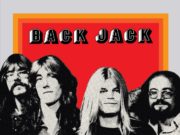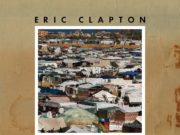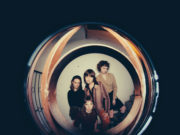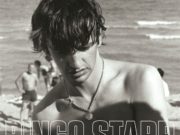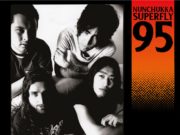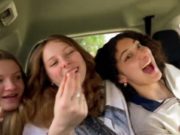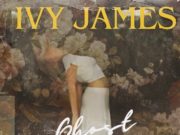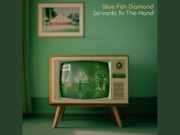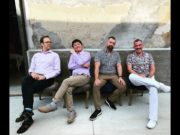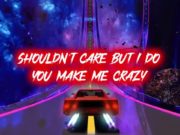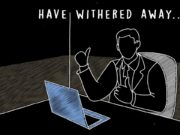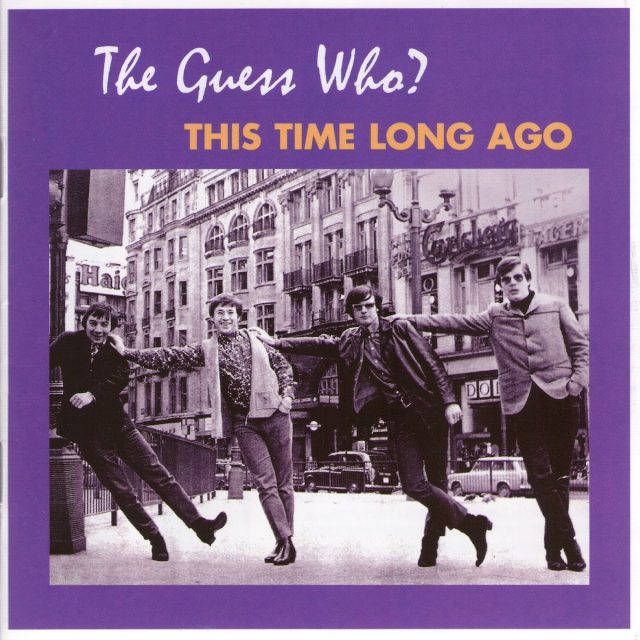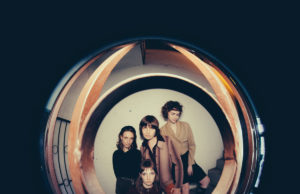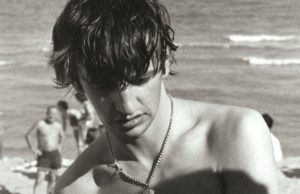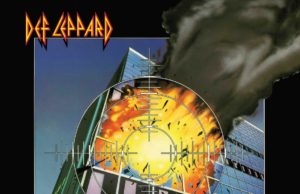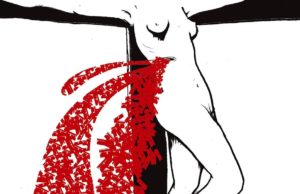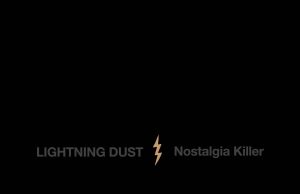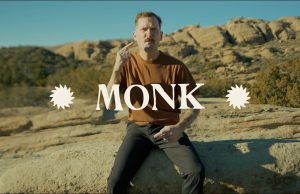This came out in 2001 – or at least that’s when I got it. Here’s what I said about it back then (with some minor editing):
To the world at large, the Guess Who story begins in 1969 and ’70, when hits like These Eyes and American Woman catapulted these prairie lads into rock stardom. Winnipeggers, of course, know the tale really begins years earlier with Chad Allen & The Reflections, who begat Chad Allen & The Expressions, who scored a left-field hit in 1965 with a cover of Shakin’ All Over and begat The Guess Who.
The period between those two successes, however, is one of the lesser-told chapters in The Guess Who’s bio. Mainly because they were pretty lean years. Aside from one aborted trip to England, the band stayed pretty close to home. Aside from a few sessions, they didn’t do much studio recording. Between community-club gigs, they paid the bills as house band on a local pop music TV show. But since this was long before VCRs, good luck finding any of that stuff, right?
Wrong. Obviously, some folks were smart enough to preserve those songs and shows for posterity. And nice enough to pass them along to Randy Bachman, who has restored the old tapes and reissued them in the illuminating retrospective This Time Long Ago: The Lost Sessions ’67-’68. With 28 rare, long-lost and unreleased songs on two CDs, a comprehensive essay by music historian John Einarson and a handful of vintage photos, this album is both an informative historical document that enhances The Guess Who legacy and an essential album for fans.
Roughly, the set has three sections: 1) Five songs cut in Minneapolis in late 1966, the band’s first session after Allen quit and keyboard player Burton Cummings took his place; 2) Four songs taped during that brief sojourn to London in 1967; 3) Nearly 20 tracks from the group’s TV tenure. Taken in order, the music clearly illustrates the band’s evolution from inexperienced songwriters and players to world-class tunesmiths and performers.
The first tracks from that U.S. session show a band still struggling to find their sound within the confines of ’60s pop. The songs are all over the map: His Girl (by Brit Johnny Cowell) is a British Invasion-style pop ballad; If You Don’t Want Me and It’s My Pride are fuzz-tone garage-rockers reminiscent of The Seeds; the unreleased Croyez-Moi is one of the band’s old songs — the Kinks-style Believe Me — rerecorded in French “to broaden the group’s national appeal.” (Hey, it was the ’60s.)
Ultimately, another track — His Girl — did the trick. After an English producer added strings to the tape (the different version is included), it charted and the boys headed off to Jolly Old to become stars. Well, that didn’t pan out. But they did record four songs that form the second section of this set. Three are covers — the folk-poppy This Time Long Ago and the baroque Miss Felicity Grey were by a London duo, while the band also add fellow Winnipegger Neil Young’s Flying on the Ground is Wrong. The fourth is the moody piano number There’s no Getting Away From You, one of Bachman’s most fully realized early works. What stands out more than the songs, though, is the Swinging London production, full of chirpy horns, go-go beats and multi-layered backup vocals. If any of these songs had become hits, The Guess Who might have become a very different band.
But they weren’t hits, so soon the boys were back in Winnipeg, licking their wounds and paying their dues on local TV’s Let’s Go, mixing their own cuts in with the hits of the day. Songs from this year-long gig comprise the bulk of the set — and provide some of its most satisfying moments. Part of that is hearing Bachman, Cummings, bassist Jim Kale and drummer Garry Peterson offer note-perfect renditions of Blue Cheer’s acid-rock template Summertime Blues, Cream’s White Room and The Doors’ Light My Fire — both in its original form and in the Jose Feliciano version! It’s also cool to sample the early renditions of These Eyes, When Friends Fall Out, 6 a.m. or Nearer, Maple Fudge and other cuts that would end up on their albums. And it’s great hearing them make the most of their freedom to experiment with everything from jazz (We’re Coming to Dinner) to raga (Sitar Saga). But most of the satisfaction comes from hearing them slowly but surely evolve from talented journeymen into confident, capable musicians. By the end of their TV stint, they were ready for the stardom to come. Quite a story, eh?


